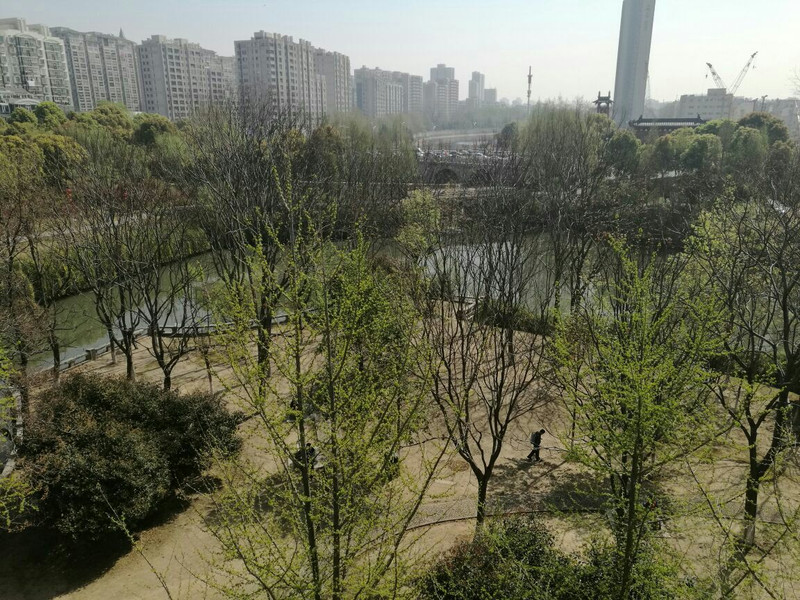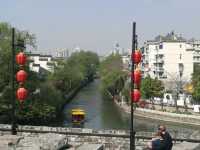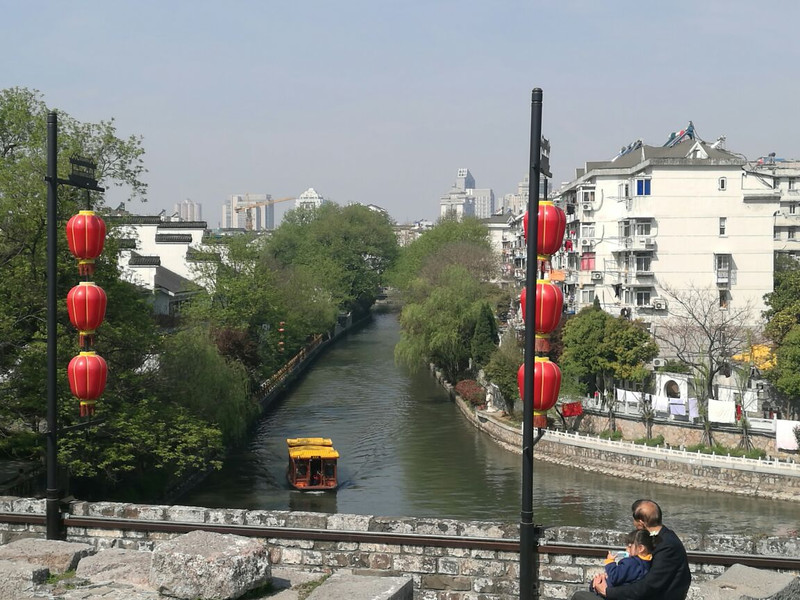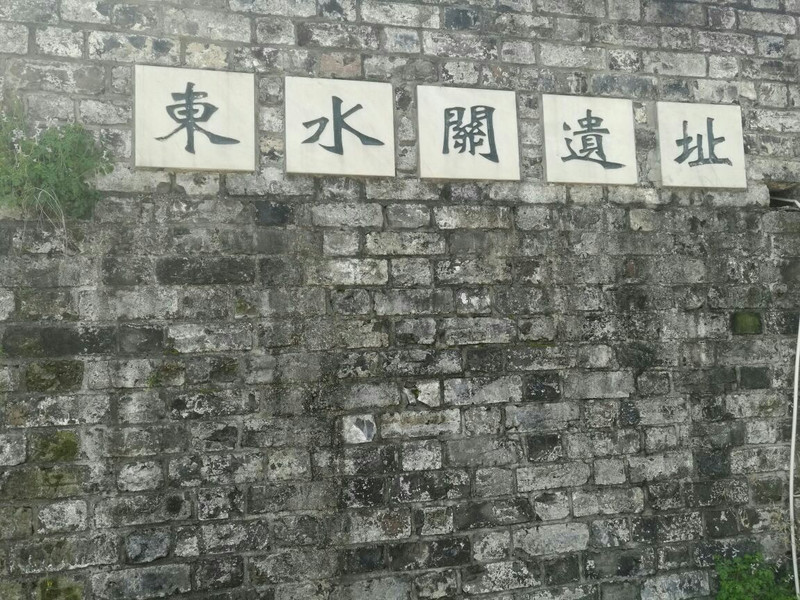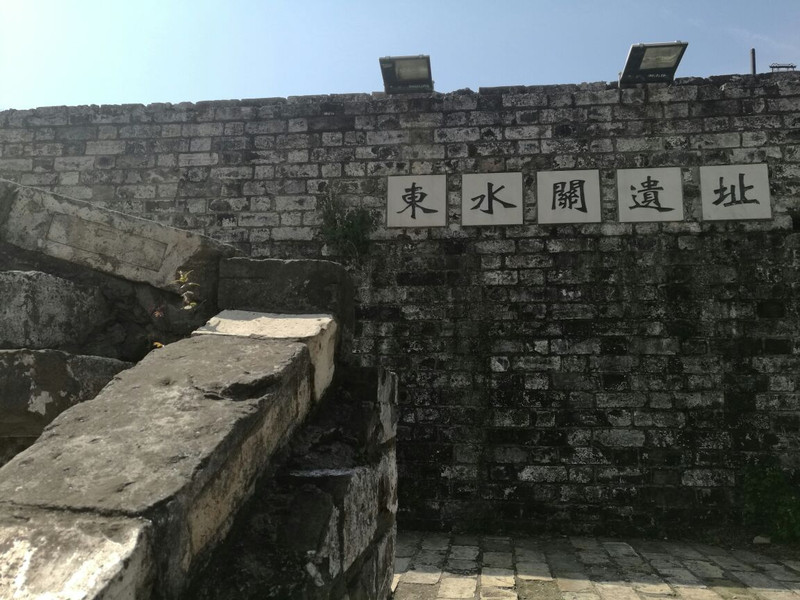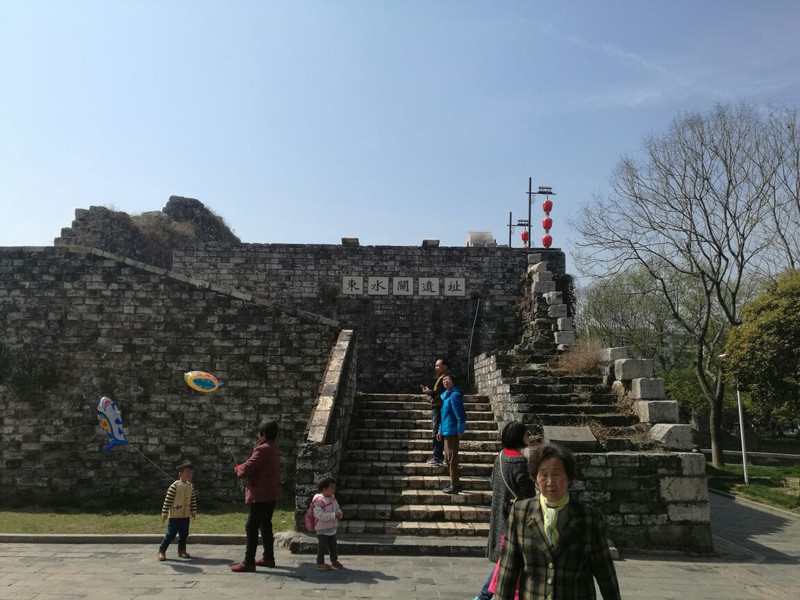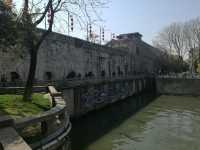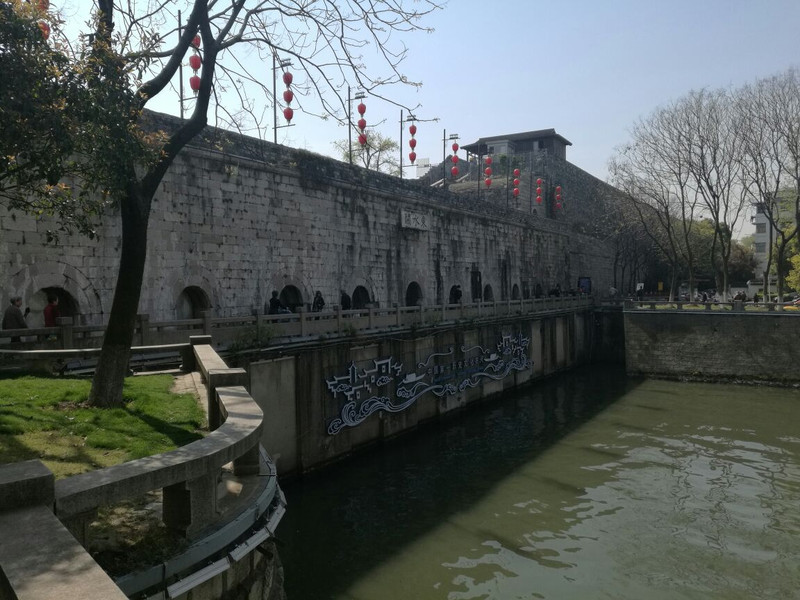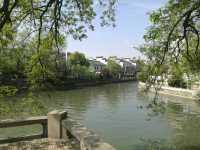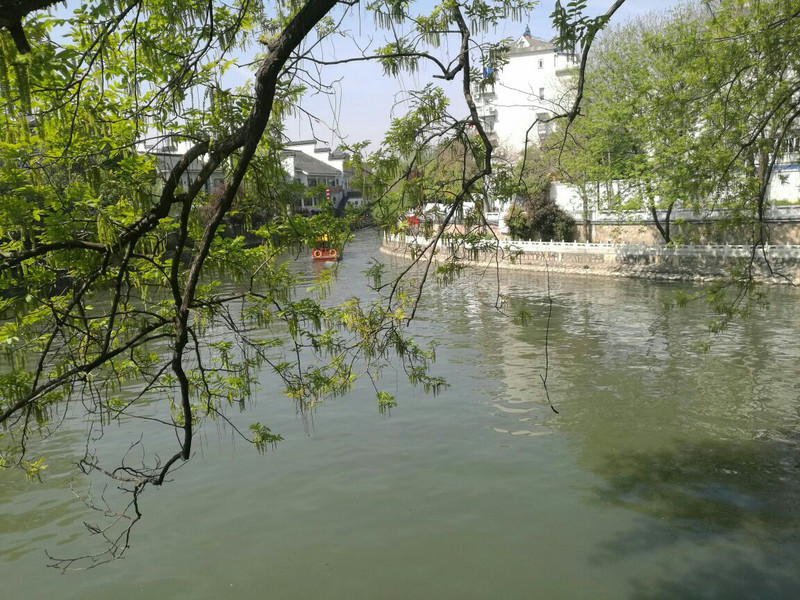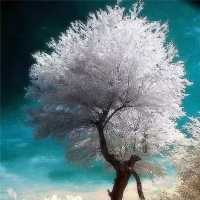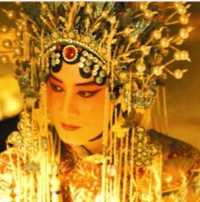The Qinhuai River in Nanjing passed through the city. In order to defend the construction of the water gate, this is also the characteristic of the Jiangnan city gate. The water gate has a history of more than 1,000 years and the building is exquisite. Unfortunately, the city building was blown up during the period of the War of Resistance Against Japan and left only the ruins.
;
Dongshuiguan Ruins Park Review
4.5 /5107 Reviews
Popular Destinations
Chiang Rai Travel | Okinawa Travel | Singapore Travel | Tianjin Travel | Toronto Travel | Kaohsiung Travel | Zhengzhou Travel | Kota Bharu Travel | Wulingyuan District Travel | Taipei Travel | Sanya Travel | Inner Mongolia Travel | Fuzhou Travel | Otaru Travel | Bourges Travel | Capri Travel | Oamaru Travel | Zhujiajian Travel | Marikina Travel | Bingham County Travel | Santa Maria Da Feira Travel | Kasaragod Travel | Berne Travel | Felanitx Travel | Siem Reap Province Travel | Sullivan County Travel | Yvelines Travel | Criccieth Travel | Teresina Travel
Recommended Attractions at Popular Destinations
Bangkok attraction near me | Tokyo attraction near me | Manila attraction near me | Hong Kong attraction near me | Taipei attraction near me | Seoul attraction near me | Los Angeles attraction near me | New York attraction near me | Shanghai attraction near me | Kuala Lumpur attraction near me | Shenzhen attraction near me | Osaka attraction near me | Singapore attraction near me | London attraction near me | Guangzhou attraction near me | San Francisco attraction near me | Beijing attraction near me | Macau attraction near me | Bali attraction near me | Paris attraction near me | Ho Chi Minh City attraction near me | Orlando attraction near me | Jakarta attraction near me | Chicago attraction near me | Phuket attraction near me | Toronto attraction near me | Fukuoka attraction near me | Istanbul attraction near me | Dallas attraction near me | Chiang Mai attraction near me
Popular Attractions
Van Gogh Museum | Simon Cabaret Phuket | Lower Seletar Reservoir Park | Petronas Twin Towers | Aquaria KLCC | Ginza | Universal Studios Japan | Nami Island | Yokohama Hakkeijima Sea Paradise | Phuket FantaSea | Columbia Pictures Aquaverse | Snoopy Garden | Night Safari | Jade Dragon Snow Mountain | Sovereign Hill | Du Fu River Pavilion | 9.81 Park Jeju | Hagia Sophia | Yangtze River Cableway | Masjid Ar-Rahman | Mountain View Point | Spomenik palim borcima-Trstenci | Archeological Site Of Alipheira | Brunswick Actors' Theatre/Gallery | Park sidi dhrif | Area Cani Parco Freud | Tężnia solankowa | Parque | Fotbalový Stadión Slušovice | Puteri Harbour
Popular Travelogues
Bangkok Travelogue | Tokyo Travelogue | Hong Kong Travelogue | Seoul Travelogue | Los Angeles Travelogue | New York Travelogue | Shanghai Travelogue | Kuala Lumpur Travelogue | Osaka Travelogue | Shenzhen Travelogue | Singapore Travelogue | London Travelogue | Guangzhou Travelogue | San Francisco Travelogue | Beijing Travelogue | Macau Travelogue | Bali Travelogue | Paris Travelogue | Orlando Travelogue | Ho Chi Minh City Travelogue | Chicago Travelogue | Phuket Travelogue | Toronto Travelogue | Fukuoka Travelogue
Payment Methods
Our Partners
Copyright © 2024 Trip.com Travel Singapore Pte. Ltd. All rights reserved
Site Operator: Trip.com Travel Singapore Pte. Ltd. Travel License No. 02943
Site Operator: Trip.com Travel Singapore Pte. Ltd. Travel License No. 02943

